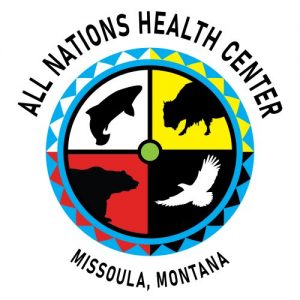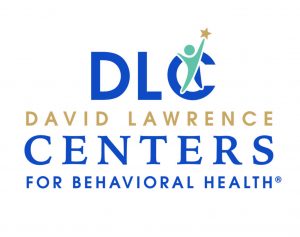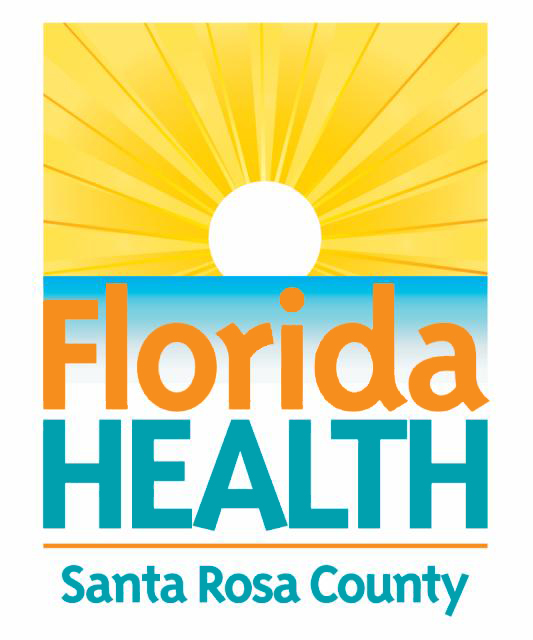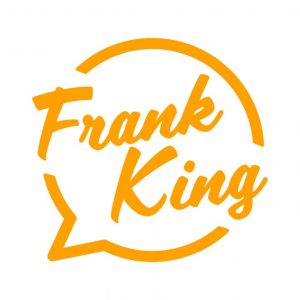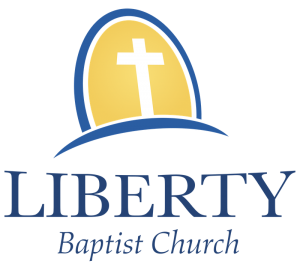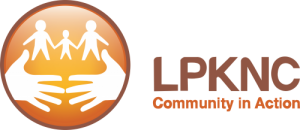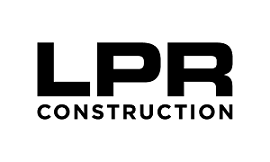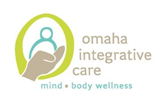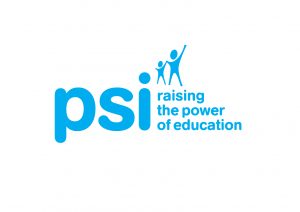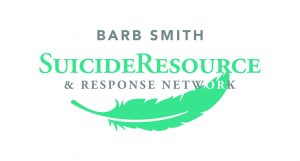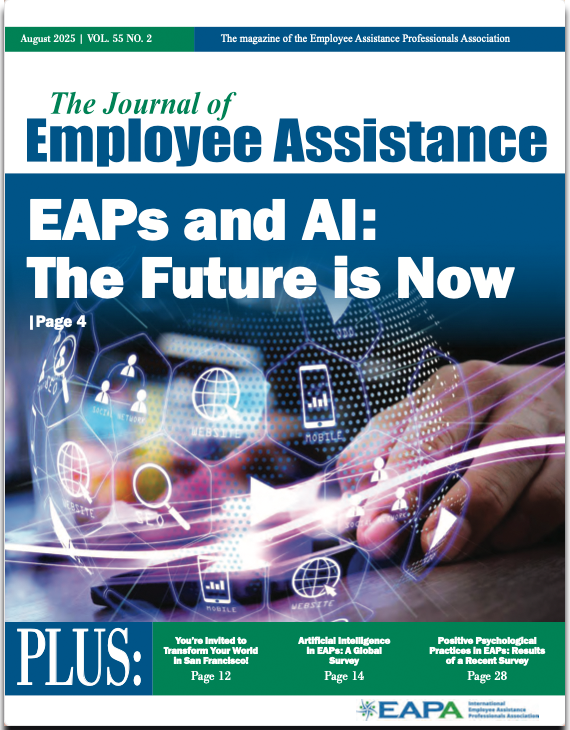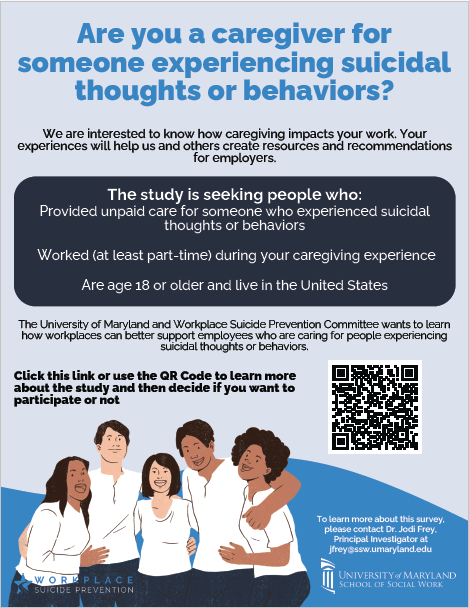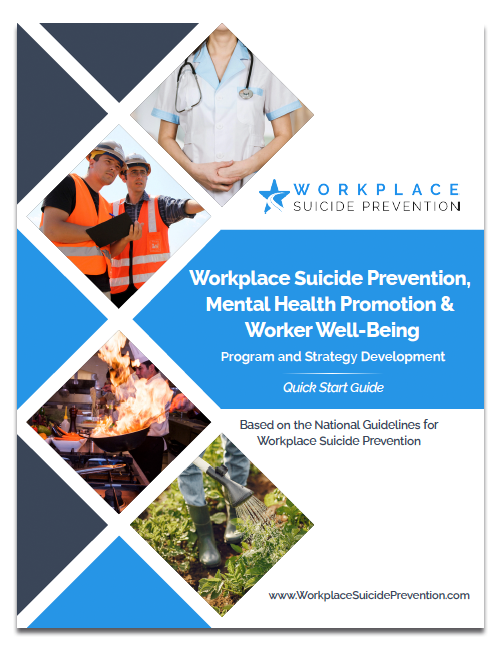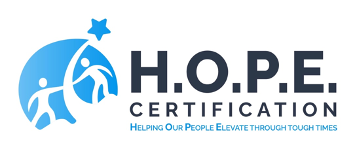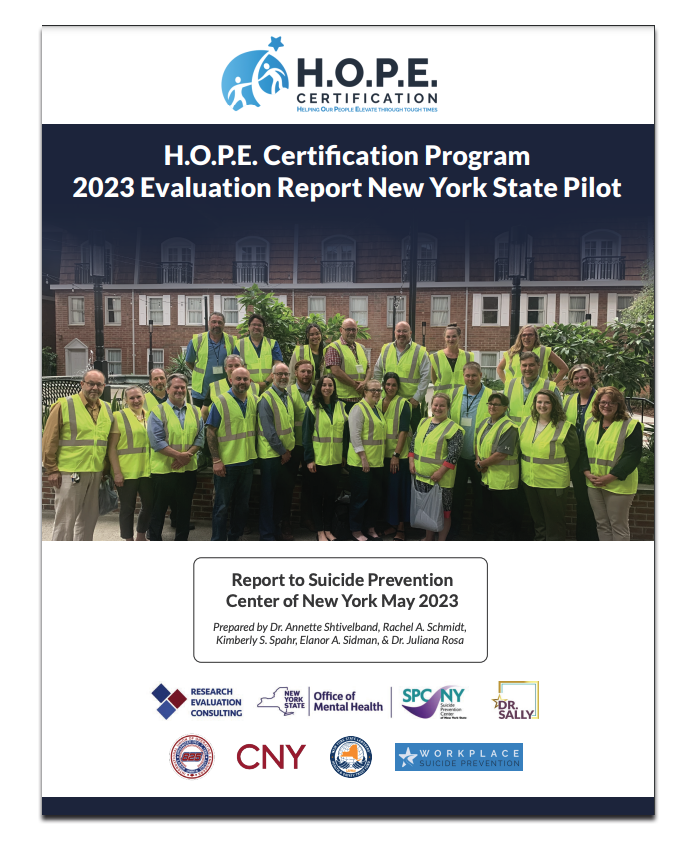You can save lives and alleviate suffering.
Approximately 80% of all people who die by suicide are of working age (18-65) making the workplace the most cross-cutting system for suicide prevention, intervention and crisis response.
National Guidelines Overview
The National Guidelines leadership team Dr. Sally Spencer-Thomas, Dr. Jodi Jacobson Frey, and Maggie Mortali give an overview of the Guidelines for Workplace Suicide Prevention.
Learn about the 9 Recommended Practices
For more information and additional action steps please register to become a pledge partner.
Click the images below to watch videos about our recommended practices.
-

Leadership
Cultivating a Caring Culture Focused on Community Well-Being
-

Job Strain Reduction
Assess and Address Job Strain and Toxic Work Contributors
-

Communication
Increase Awareness of Understanding Suicide and Reduce Fear of Suicidal People
-

Self-Care Orientation
Self-Screening and Stress/Crisis Inoculation Planning
-

Training
Build a Stratified Suicide Prevention Response Program Specialized Training by Role
-

Peer Support & Well-Being Ambassadors
Informal and Formal Initiatives
-

Mental Health & Crisis Resources
Evaluate and Promote
-

Mitigating Risk
Reduce Access to Lethal Means and Address Legal Issues
-

Crisis Response
Accommodation, Re-integration and Postvention
Celebrating Our Pledge Partners!
———
New and Noteworthy
The Journal of Employee Assistance
EAPs and AI: The Future is Now
Download the PDF here.
Are you a caregiver for someone experiencing
suicidal thoughts or behaviors?
Our University partners are interested to know how caregiving impacts your work.
Your experiences will help our University partners create resources and recommendations for employers.
Learn about the survey here.
———
Check out the Workplace Suicide Prevention,
Mental Health Promotion & Worker Well-Being
Quick Start Guide
Policy and Response Recommendations to Help Employers Positively Impact Workers and the Work Environment —
A Whitepaper for HR Professionals and Employment Lawyers
View the highlights from the 2024 Construction Working Minds Summit
Mental Health, Suicide Prevention, Addiction Recovery & Overdose Prevention in the Construction Industry —
2024 Construction Working Minds White Paper
Would you like to receive hands-on coaching and specialized training to bring the 9 practices to your workplace? Bring Hope Certification to your community.
H.O.P.E. Certification Program 2023 Evaluation Report New York State Pilot
Brought to you by the collaborative partnership of suicide prevention leaders, including the American Foundation for Suicide Prevention and United Suicide Survivors International, in addition to hundreds of workplace stakeholders.












